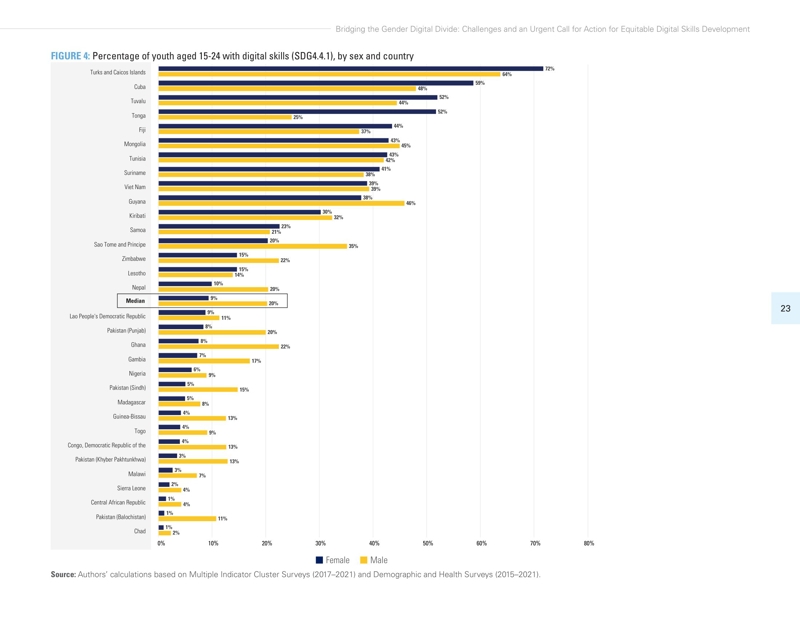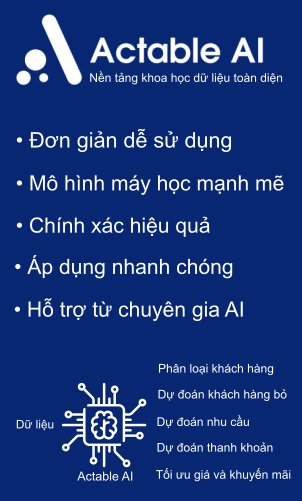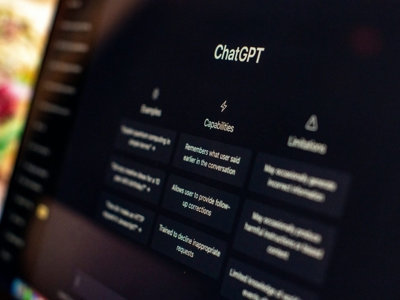Vietnam bridging gender digital divide
Country one of four to have achieved gender parity in digital skills.

UNICEF released the “Bridging the Digital Divide: Challenges and an Urgent Call for Action for Equitable Digital Skills Development” report, on International Girls In ICT Day, April 27.
The report revealed that Vietnam is one of four countries to have achieved gender parity in digital skills. However, when it comes to internet use among youth, only eight out of the 54 countries and territories analyzed have achieved gender parity. Around 90 per cent of adolescent girls and young women in low-income countries do not have access to the internet, while their male counterparts are twice as likely to be online.
“Closing the digital divide between girls and boys is about more than just having access to the internet and technology,” said UNICEF Director of Education, Mr. Robert Jenkins. “It’s about empowering girls to become innovators, creators, and leaders.” He also noted that to address gender gaps in Science, Technology, Engineering and Math (STEM) fields, young people, especially girls, must be equipped with digital skills immediately.
While advanced internet access is important, the report emphasizes that it is inadequate for digital skills training. In many countries studied, a larger percentage of youth have access to the internet at home than those with digital skills.
The analysis shows that only Vietnam and Mongolia have achieved gender parity in both foundational reading and digital skills for the analyzed age groups. This means that both girls and boys between 7-14 years of age in these countries are acquiring reading skills at similar rates, and adolescent girls and boys, as well as young men and women between 15-24 years of age, are acquiring basic digital skills at comparable rates.
Although gender parity has been achieved, this does not mean widespread development across the population. For instance, in Vietnam, even though 83 per cent of 7-14 year olds have acquired foundational reading skills, only around 36 per cent of 15-24 year olds have acquired basic digital skills. Therefore, there is still a significant gap that needs to be addressed to ensure that all youth have the necessary skills for employment and higher earnings.
The report highlights that, globally, girls are the least likely to have the opportunities to develop the skills necessary for 21st-century learning and employment. Across 32 countries and territories, girls are 35 per cent less likely than boys to have digital skills, including basic activities like copying or pasting files or folders, sending emails, and transferring files.
The gender digital divide is significantly affected by educational and family environments, according to the study. Girls are less likely than boys to have access to and utilize the internet and digital technologies or mobile phones, even within the same household. Moreover, most educators do not consider gender or promote girls’ progress in digital literacy education, impeding their growth.
Finally, girls’ digital inclusion and skills development may be further restricted by barriers to accessing opportunities for higher learning and the labor market, discriminatory gender norms and stereotypes, and concerns over online safety.
The report states that having equal opportunities in foundational reading and math skills doesn’t mean that girls have equal digital skills. To overcome these obstacles, girls need access to technology and training in digital and life skills with gender-transformative teaching methods, and initiatives to tackle harmful gender stereotypes and online violence.
UNICEF is calling on governments and partners to bridge the gender gap and ensure that girls have the opportunities to succeed in a digital world. Recommendations include teaching digital skills equally to girls and boys, protecting girls’ online safety, and promoting access to learning opportunities and job shadowing in the digital / STEM world.



















